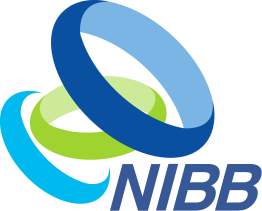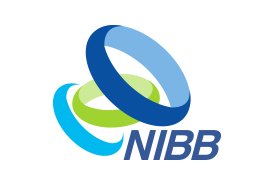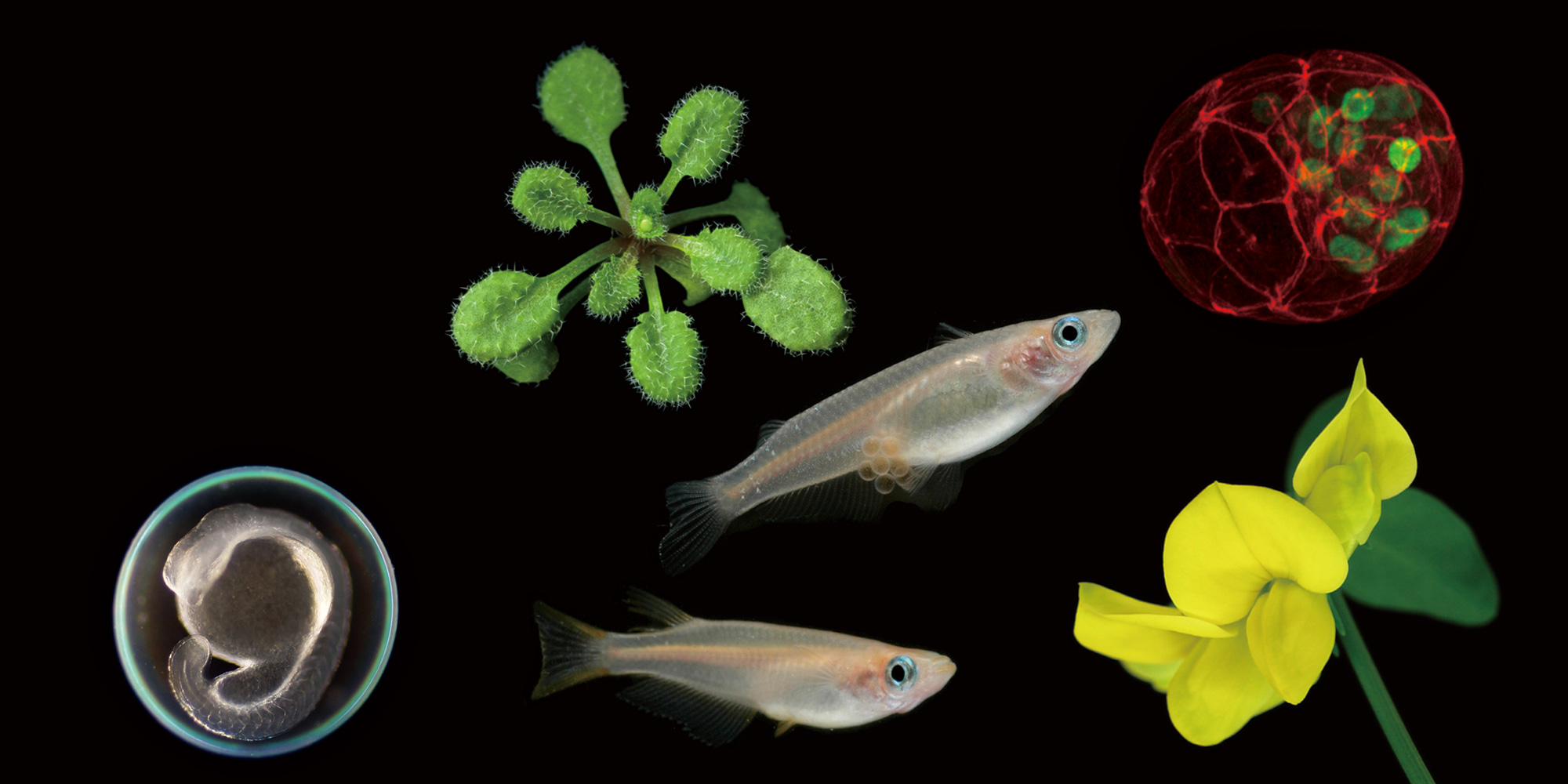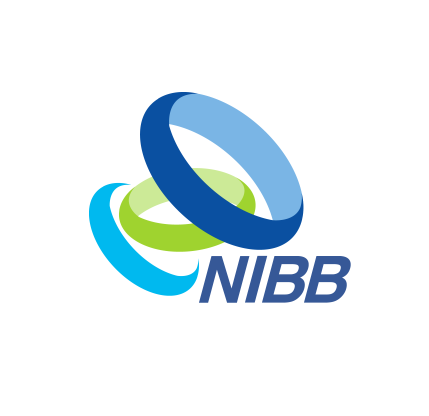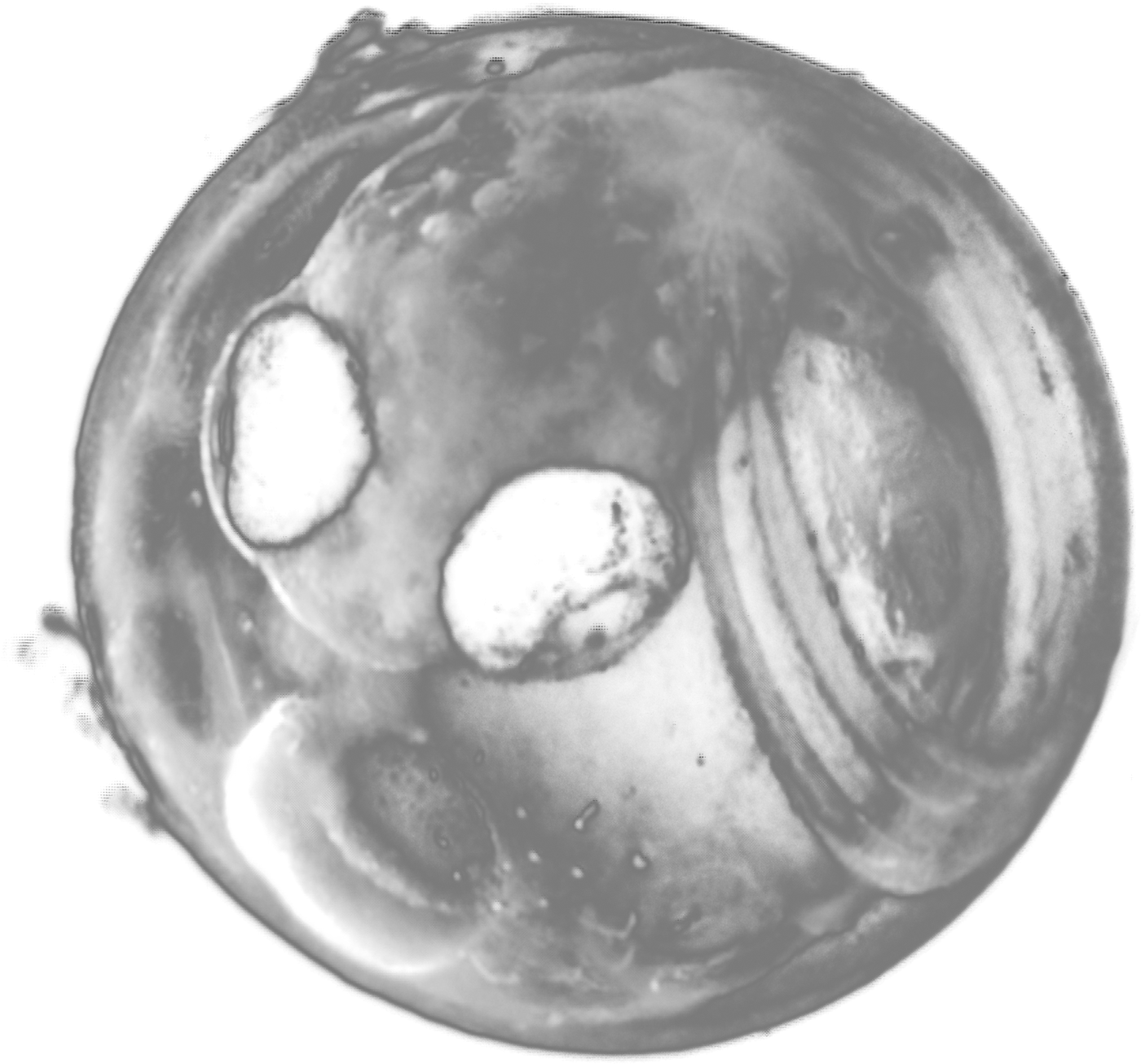2022.12.08 NIBB-IRCC Joint Seminar
Light-based recruitment of a solubility tag reversibly dissolves biomolecular condensates
Dr. Ellen Brumbaugh-Reed (Princeton University, Postdoctoral Research Fellow / NINS IRCC-QIB, Project Research Staff)
2022. 12. 08 (Thu) 13:30 ~ 14:30
1F Seminar Room, Myodaiji (#1) and Zoom online (We will be announced by email)
Division of Quantitative Biology Kazuhiro Aoki (5235)
The formation of biomolecular condensates by liquid-liquid phase separation of proteins and RNAs occurs frequently in the cell. Currently, an ever-increasing number of condensates are being identified and characterized; however, the tools to manipulate phase separation remain limited. In an effort to better understand the role of biomolecular condensates, we sought to develop a tool to reversibly dissolve condensates of interest in living cells. Our approach relies on the classic solubilizer, Maltose binding protein (MBP). As MBP is often used to enhance the solubility of purified protein in vitro, we hypothesized that it would also solubilize biomolecular condensates in cells. To test this theory, we created a model condensate by fusing multiple copies of the FUS intrinsically disordered region in tandem with a blue light sensitive dimerization domain, iLID. This FUS construct was coexpressed with MBP fused to iLID’s dimerization partner, SspB. In the dark, FUS formed nuclear condensates and MBP was disperse; upon blue light activation, MBP was recruited to FUS condensates causing rapid dissolution. We compared iLID/SspB blue light dependent recruitment with FRB/FKBP rapamycin dependent recruitment and found that both approaches are effective, however the kinetics of dissolution were faster in the blue light case. Additionally, we tested a panel of soluble proteins against MBP and quantified dissolution efficacy. Development of this tool now sets the stage to disrupt biologically relevant condensates to elucidate the effect of phase separation.
